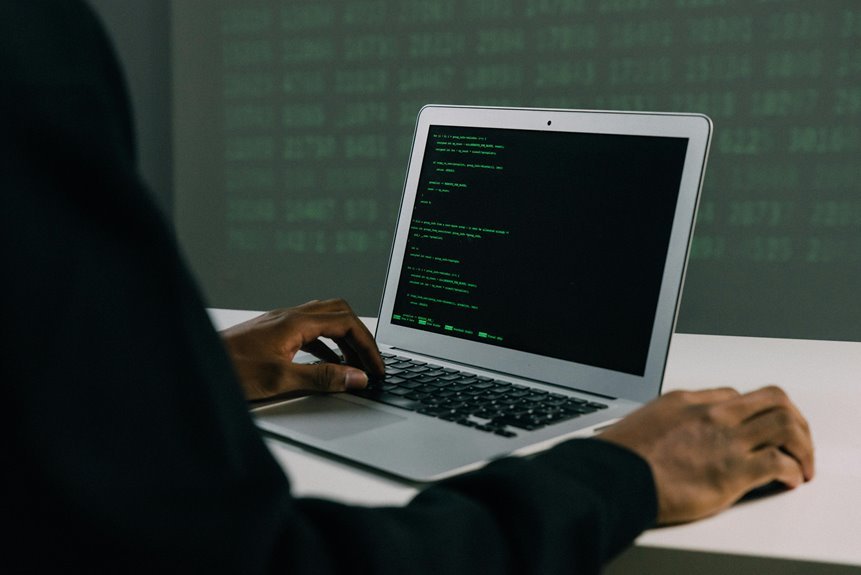The temporary access code “120372150” exemplifies a critical security measure in digital interactions. It serves to provide limited-time access to sensitive information, thereby reducing the potential for unauthorized use. This mechanism is particularly relevant in sectors like online banking and e-commerce, where security is paramount. Understanding the implications of such codes raises questions about their effectiveness and best practices in implementation. What further considerations must be addressed to enhance security protocols?
Understanding Temporary Access Codes
Temporary access codes serve as a vital mechanism in digital security, ensuring that access to sensitive information is granted only for a limited duration.
Code generation processes facilitate the creation of these codes, enhancing control over user permissions.
The Importance of Security in Digital Interactions
Security in digital interactions is paramount in an era marked by increasing cyber threats and data breaches.
Establishing digital trust relies on secure communication protocols that protect sensitive information. Without robust security measures, users risk exposure to identity theft and fraud, undermining their confidence in digital platforms.
Therefore, prioritizing security is essential to foster a safe environment for digital engagement and maintain user autonomy.
Common Applications of Temporary Access Codes
Access codes serve as a crucial mechanism in various digital applications, providing a layer of security that balances user convenience with protective measures.
Common applications include online banking, cloud storage, and e-commerce, where temporary password systems enhance secure authentication methods.
These codes facilitate secure access to sensitive data, ensuring that only authorized users can interact with critical information while minimizing the risk of unauthorized entry.
Best Practices for Using Temporary Access Codes
Effective utilization of temporary access codes requires adherence to established best practices to mitigate potential vulnerabilities.
Implementing robust user verification processes ensures that only authorized individuals access sensitive resources. Additionally, enforcing code expiration limits the timeframe for potential exploitation, enhancing security.
Regularly reviewing access logs can further strengthen oversight, thereby fostering an environment that balances user freedom with necessary protective measures.
Conclusion
In conclusion, the implementation of temporary access codes, such as “120372150,” is a critical advancement in digital security, akin to the introduction of the lock and key in the physical world. These codes not only enhance user control over sensitive information but also mitigate risks associated with unauthorized access. By adhering to best practices in their usage, organizations can foster trust and ensure secure interactions across various sectors, thereby fortifying their defenses in an increasingly digital landscape.





